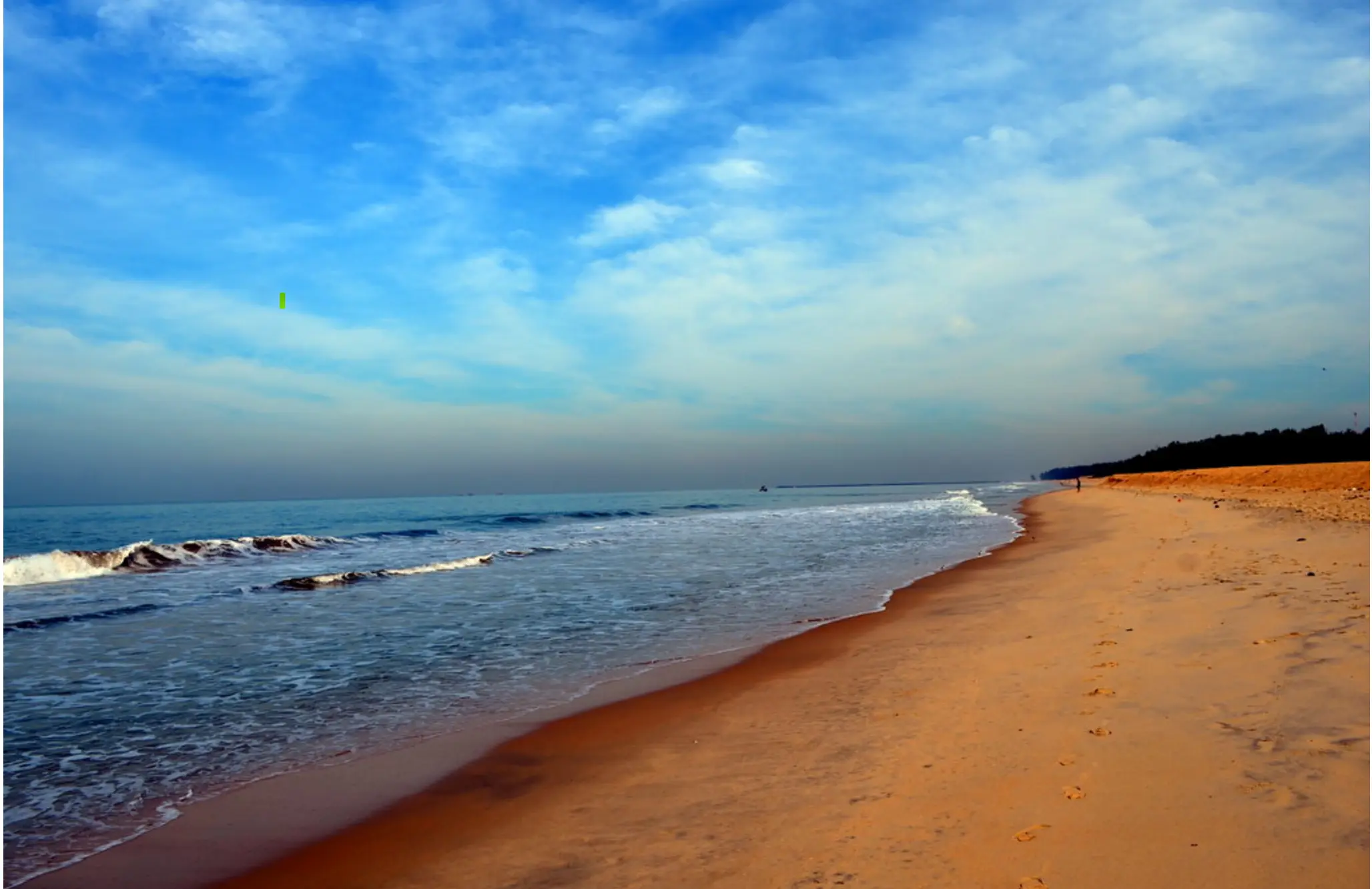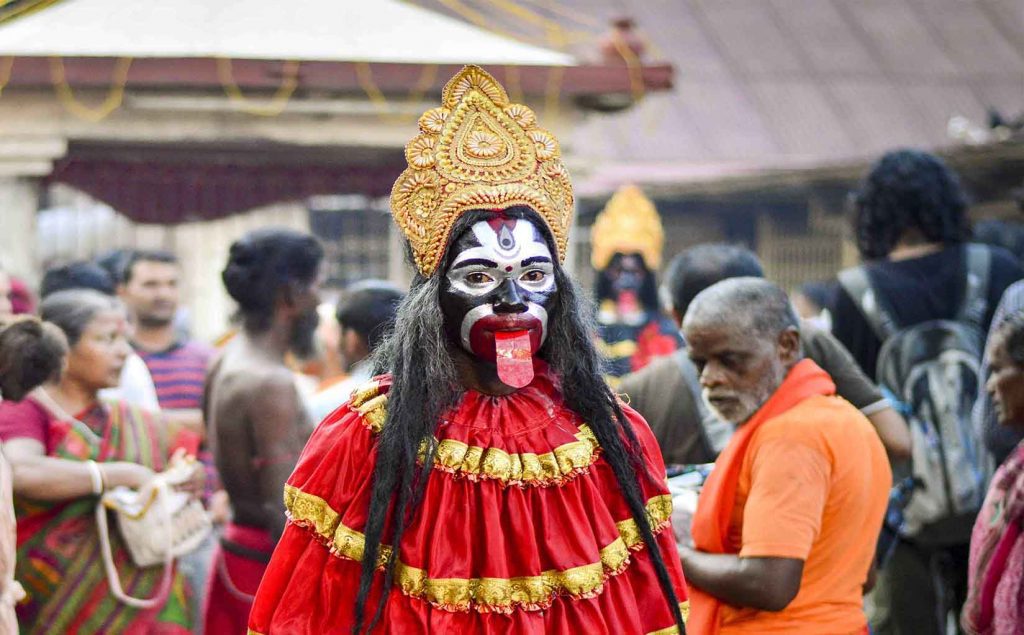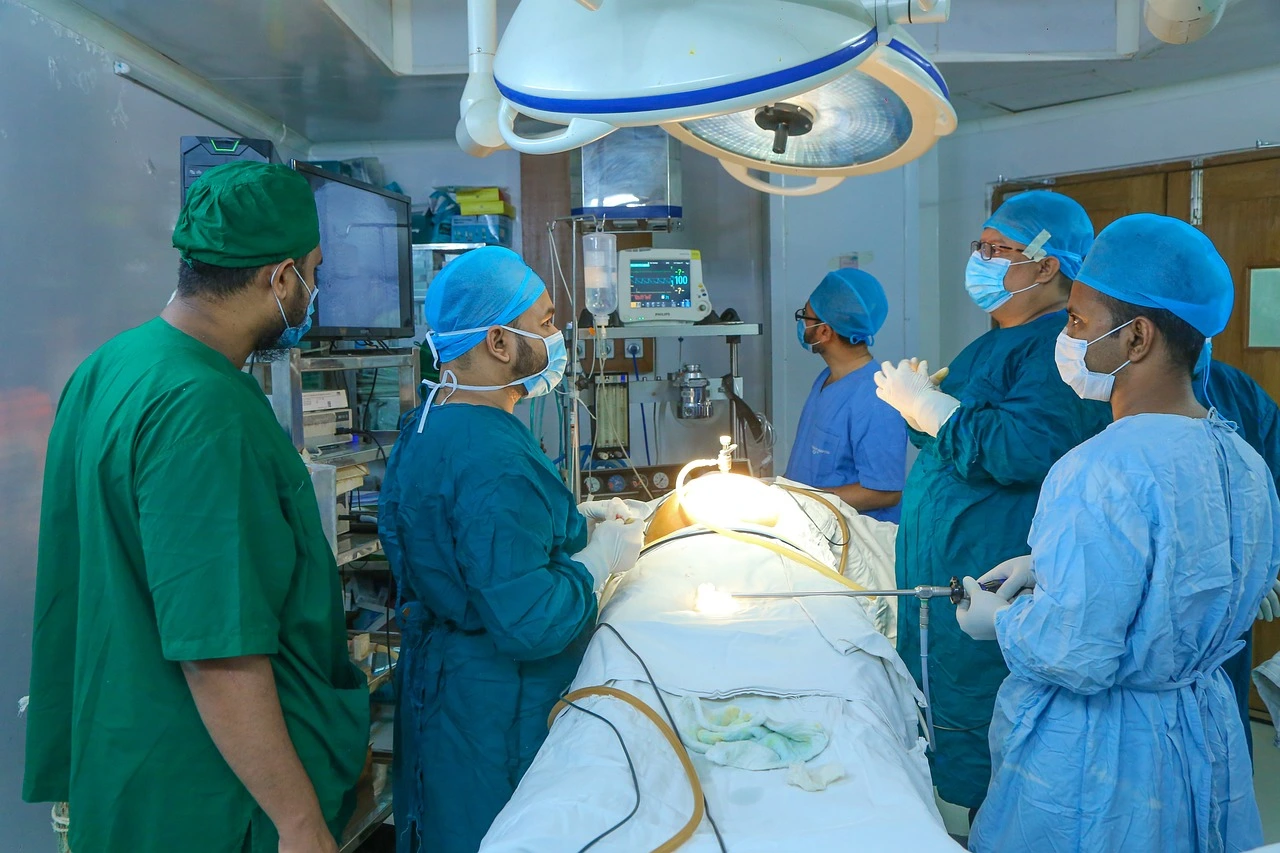If you are a regular trekker, whether professionally or as a hobby, you would have definitely scaled the Himalayan ranges at some point or the other. But the beauty of this mighty mountain range is not restricted to the Greater Himalayas of Jammu & Kashmir, Himachal Pradesh, and Uttarakhand but extends to the north-eastern states across West Bengal and further. One such prominent point on the Eastern Himalayas is the Sandakphu peak. Standing at 11,930 Ft above the sea-level, this is the highest point on the Singalila Ridge in Darjeeling district of West Bengal. Being on the border of northern part of West Bengal and Ilam district of Nepal, Sandakphu Mountain shares its location with both the countries.
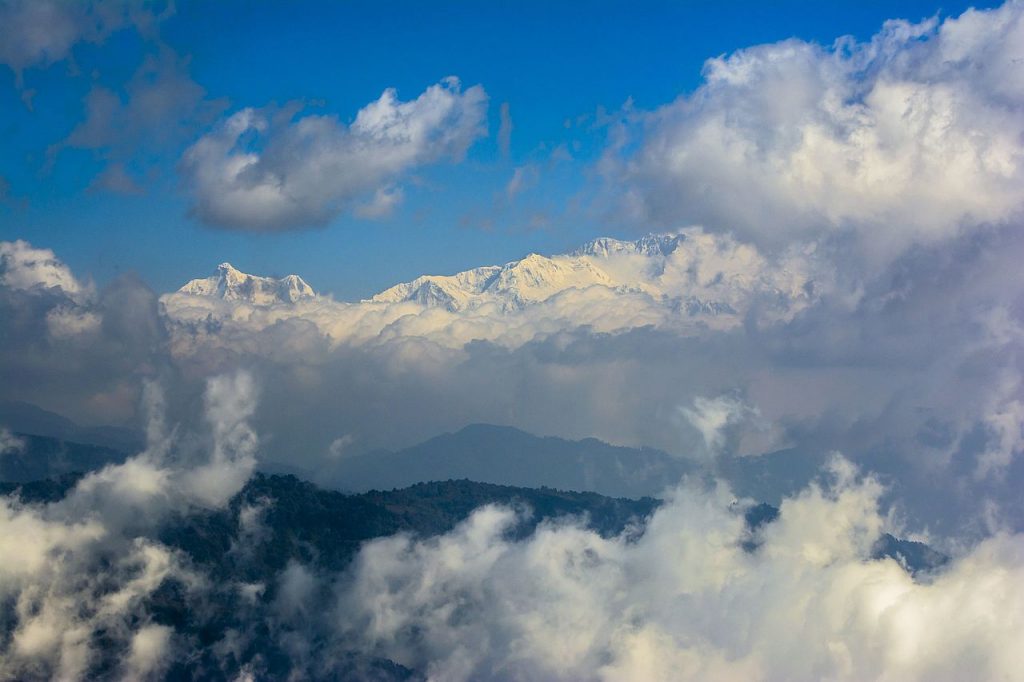
Sandakphu Trek
Sandakphu, also called Sandakfu or Sandakpur, is popular among trekkers, both national and international, who love to explore this part of the Himalayas.
The trek along this mountain is one of its kind, with uninterrupted views of the magnificent Kanchenjunga Range. Those who can successfully reach the summit can enjoy the once-in-a-lifetime view of four of the five highest peaks in the world- namely- Everest, Kanchenjunga, Lhotse, and Makalu.
Abound with seasonal wildflowers, alpine forests and Himalayan fauna, the trekking route through the Sandakphu is no less than a joyride on foot. To get to Darjeeling and figure out the rest of your trek, book a Darjeeling car rentals.
The entire journey is usually divided into four stages
Stage I – Manebhanjan to Meghma
The trek starts from Manebhanjan, a small hamlet, 28 Km further north of Darjeeling. Manebhanjan is a cozy Himalayan village, on the border of Nepal and India and have trekkers from both countries.
This is the easiest and intriguing part of the trek that cuts through the Singalila National Park. This first leg of the journey takes you to 2600 meters higher. This is a 4-hour trek through the forests of Chitre, at the foothills of the mountains. Lined with towering oaks, pines and fir trees, and dotted with wild orchids, this route offers a mesmerizing experience.
Stage II – Meghma to Gairibans
This part of the trek takes you another 2,621 meter higher and has two route options: One trail goes via Tonglu at 3,070 m, while the other goes through Tumling at 2,900 m. The route via Tonglu is a shorter one and goes through a sparsely populated village. The Tonglu Lake en route is a picture-perfect scenery of pine forests reflecting on the shimmering glacial water. You can also make a pit stop at the cozy inns and cafes that the town offers for travelers. Tomling, on the other hand, is a little-extended trail but scenic nevertheless. Though closer to the Himalayas, both these trails are replete with lush greenery, especially in the peak travel season.
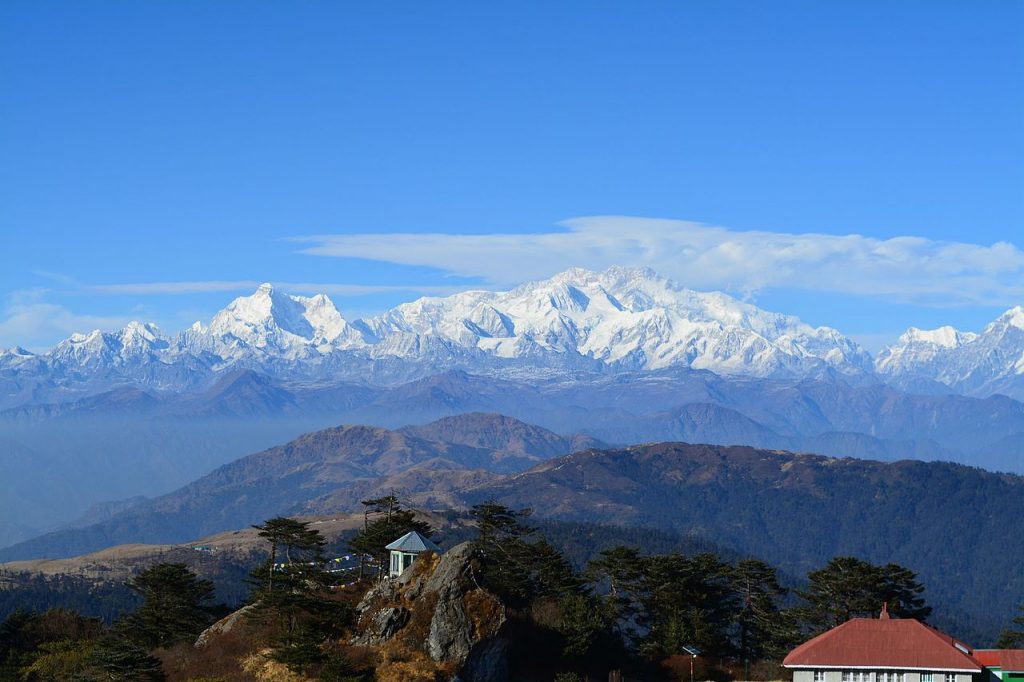
Stage III – Gairibans to Sandakphu
The third part of the trek starts getting tougher as the altitude rises. After a 3636 m climb in this section, you can reach Sandakphu. Here, the last milestone on your route is Bikeybhanjan. The steep and rugged slopes might seem like the ‘dark before the dawn’, but the vibrant alpine flora and pristine views of the surrounding mountains keep the trekkers motivated to push for the last mile and reach their goal all victorious.
Stage IV – Sandakphu to Phalut
The last leg of the journey and the most difficult yet the most exhilarating one is a one-day trek covering 21 Km. The route goes via Sabarkhum and takes you to Phalut after a climb of 3600 m.
If you want to explore the Eastern Himalayas in its true essence, then a trek to Sandakphu is a must. Surreal, awe-inspiring, and exciting, this journey yields all emotions at once. The silent nature, the blissful environment and a breathtaking view at every turn, undoubtedly make the tiring trek a rewarding one.
Last Updated on June 30, 2020 by Harpreet Janeja

